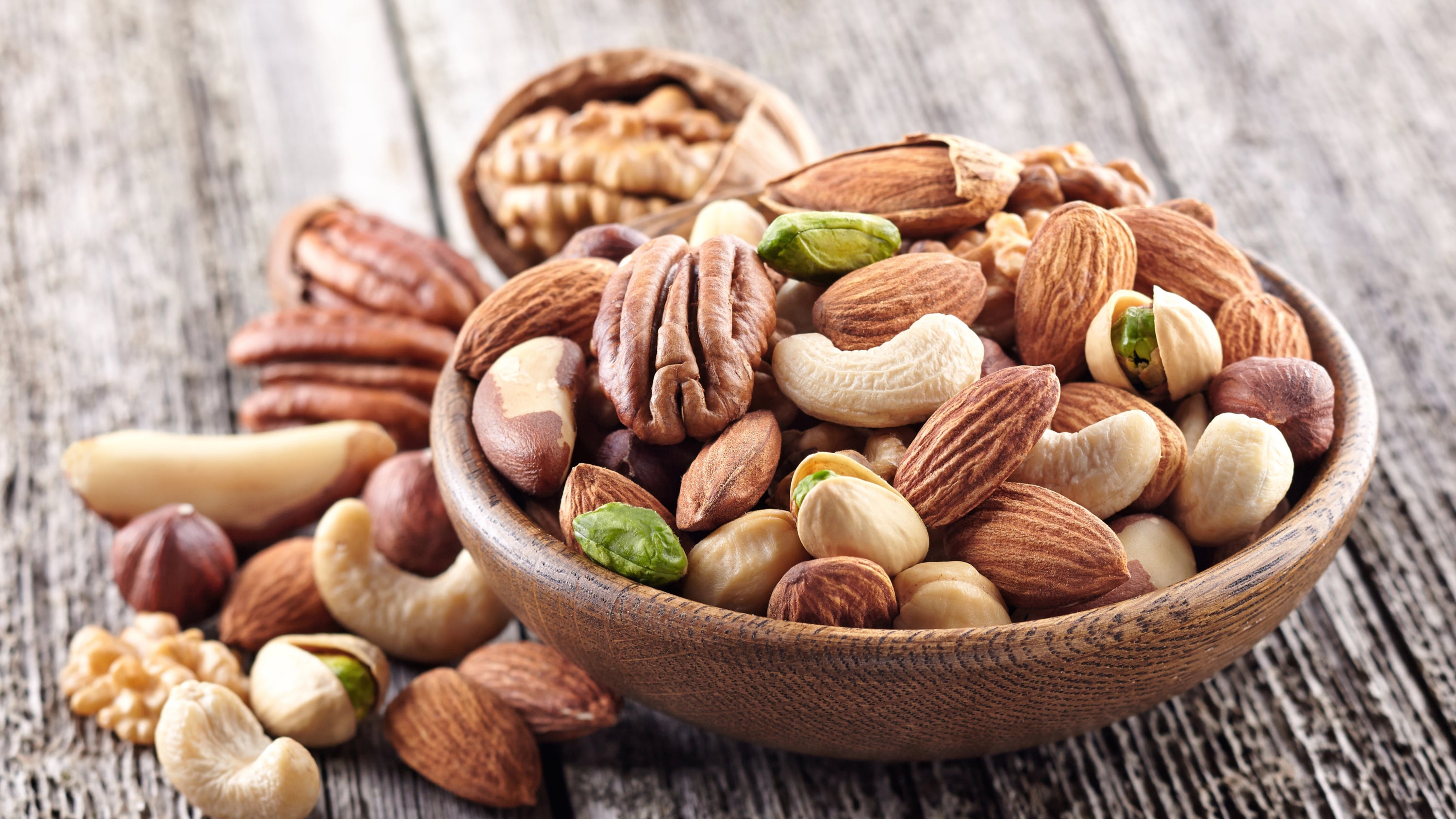Food allergies suck, whether you have them yourself or you have to watch out for a child or loved one to make sure they don’t eat the wrong thing. They can fall anywhere on the spectrum from merely annoying to life threatening, and while some are lifelong, others can be temporary. Some mild allergies can be managed, and there are even new treatments that can reduce the severity of some allergies.
So let’s dive into the most serious food allergies, and look at which ones may be more manageable than others — but please, consult with your allergist or doctor with concerns or questions you have about your (or your loved one’s) specific allergy.
Peanuts

Peanut allergies are one of the best-known food allergies. Some people’s reactions can be severe, including anaphylaxis, a whole-body reaction that can make a person unable to breathe and cause a drop in blood pressure and loss of consciousness.
Some children will outgrow their peanut allergy (up to 20%, according to some studies), but many do not. Pediatricians used to advise parents against feeding peanuts to young children to avoid triggering an allergy, but in recent years that advice has been reversed: introducing peanuts early seems to protect children from developing an allergy in the first place. (That said, talk to your doctor if you have a peanut allergy in the family.)
There is also an FDA-approved treatment for peanut allergy that involves giving the patient small doses of peanuts under medical supervision (it’s being marketed under the name Palforzia). It’s not a cure, but may be able to reduce the severity of the allergy for some people.
Tree nuts

Tree nut allergies include allergies to walnuts, pecans, almonds, hazelnuts, pistachios, cashews, and other non-peanut nuts. (Fun fact: peanuts grow underground, and they are more closely related to beans than to nuts.)
Some children outgrow tree nut allergies, too — but again, it’s not common, with studies putting the number between 9% and 14%. If you’re allergic to one tree nut, there’s a 50% chance you’re allergic to at least one other type.
Eggs

There is more than one type of egg allergy. Since there are different proteins in the yolk and the white of an egg, it’s possible to be allergic to one and not the other. (Egg white allergy is more common.)
Outgrowing an egg allergy is pretty common; in one study, 66% of toddlers outgrew theirs by age 5.
And even if you don’t outgrow the allergy, you may still be able to eat cooked eggs. Cooking alters the proteins in eggs, and 70 to 80% of people with an egg allergy are able to eat eggs that are fully cooked — for example, in baked goods.
Milk

Milk allergies are fairly common in babies and toddlers, affecting about 2-3%. To be clear, the allergy we’re talking about is to cow’s milk; these kids can usually handle human milk just fine.
For babies with a milk allergy, usually switching to another type of formula (like soy formula) is the way to manage it; if they’re breastfed, the parent may need to avoid cow’s milk in their diet. Fortunately, this is one of the more common allergies to outgrow; 75% of babies with a milk allergy outgrow it by age 3.
Adults who have trouble with dairy products are more likely to be lactose intolerant than allergic, but true dairy allergies do exist. Some people who are allergic to milk are able to consume it when it is fully cooked, as in some baked goods.
Shellfish

Mollusks and crustaceans contain proteins that some people are allergic to. These foods can include crab, shrimp, lobster, oysters, scallops, clams, mussels.
The crustaceans (crab, shrimp, and lobster) are the more commonly allergenic shellfish, and packaged foods containing them are required to be labelled as “shellfish” in the U.S. Allergies to mollusks are less common, but they do occur.
Some people can even be allergic to the vapors created by cooking shellfish, so you may not want to keep out of the kitchen when that’s happening. Shellfish allergies are usually lifelong.
Wheat

Wheat allergies are another that is often outgrown; about 80% do so by age 5.
But it’s important to distinguish a wheat allergy (an allergic reaction to certain proteins in wheat) from two other conditions. Celiac disease is an autoimmune condition triggered by gluten, which is a specific protein in wheat. And non-celiac gluten sensitivity is a poorly-understood condition where people get symptoms after eating gluten-containing foods, though they don’t have celiac or a wheat allergy. The exact cause is not known.
Soy

Soy allergy is another one that’s most common in kids and is often outgrown. This can include an allergy to soy-based formula, edamame, soy sauce, tofu, and other products that use soy as an ingredient. More than half of children with a soy allergy outgrow it by age 7.
Sesame

This is one of the lesser-known allergies, since it’s not yet on the list of allergens that must be labelled in the U.S. (Mandatory labelling is slated to start in 2023.) Sesame allergies are especially annoying because sesame products don’t always have the word “sesame” in the name (like tahini, the sesame paste used in hummus), and because sesame seeds are sometimes include in the “spices” or “flavoring.” Sesame allergy is usually lifelong, although some studies find that 20% to 30% of children may outgrow it.

Leave a Reply
You must be logged in to post a comment.